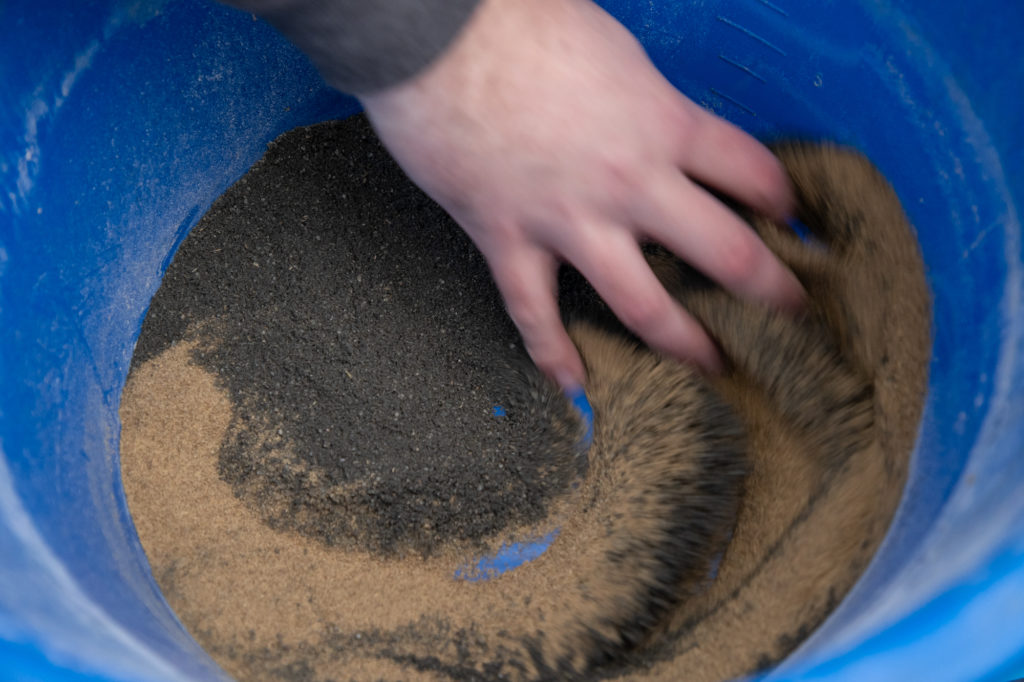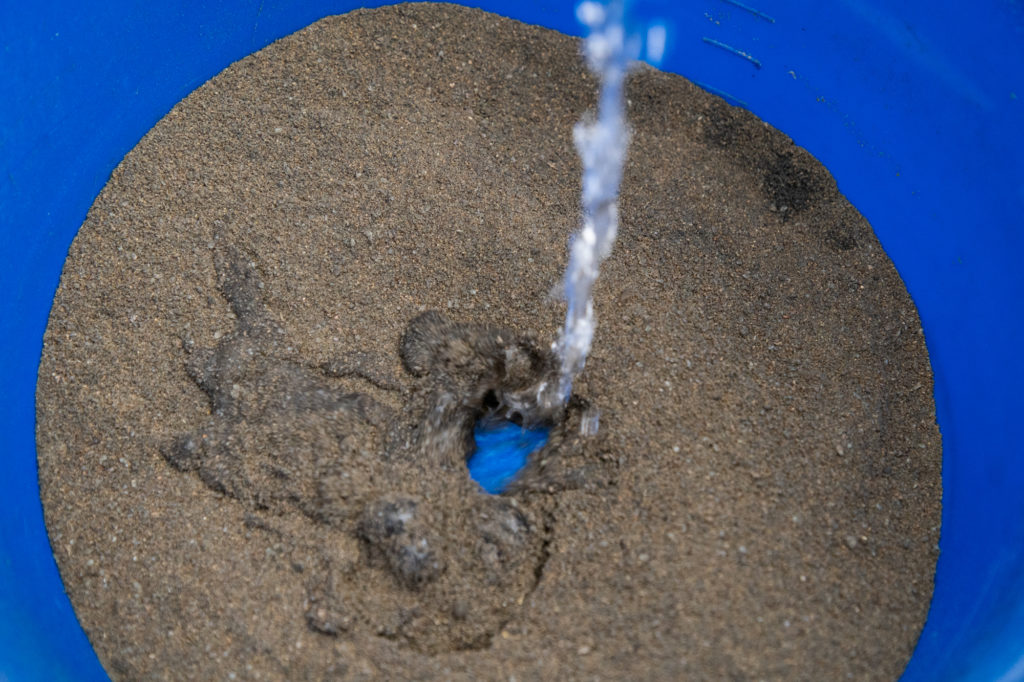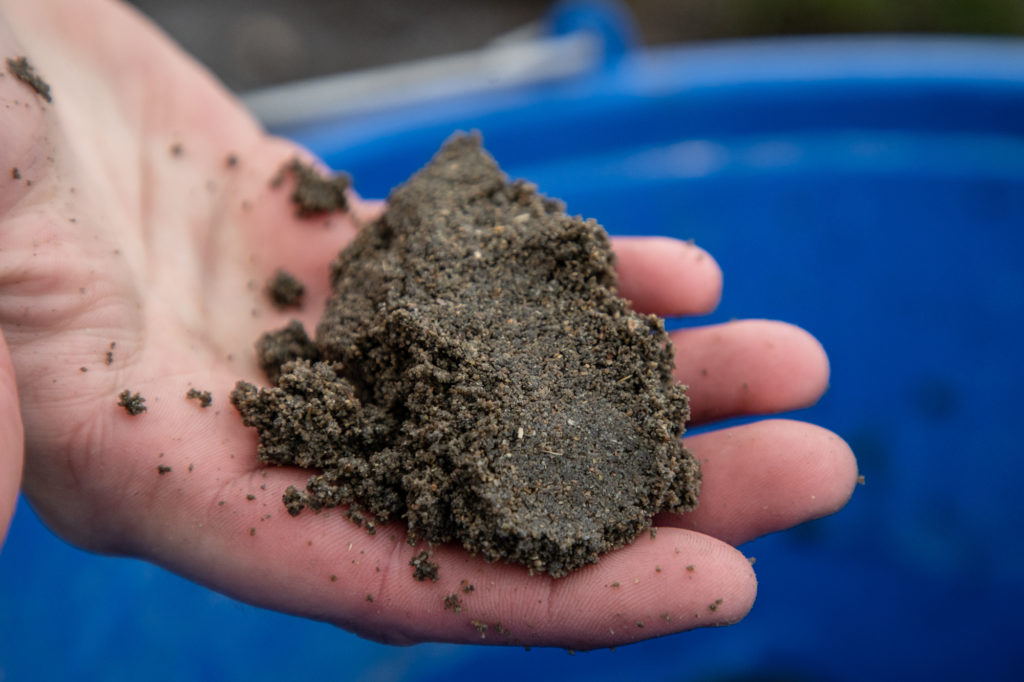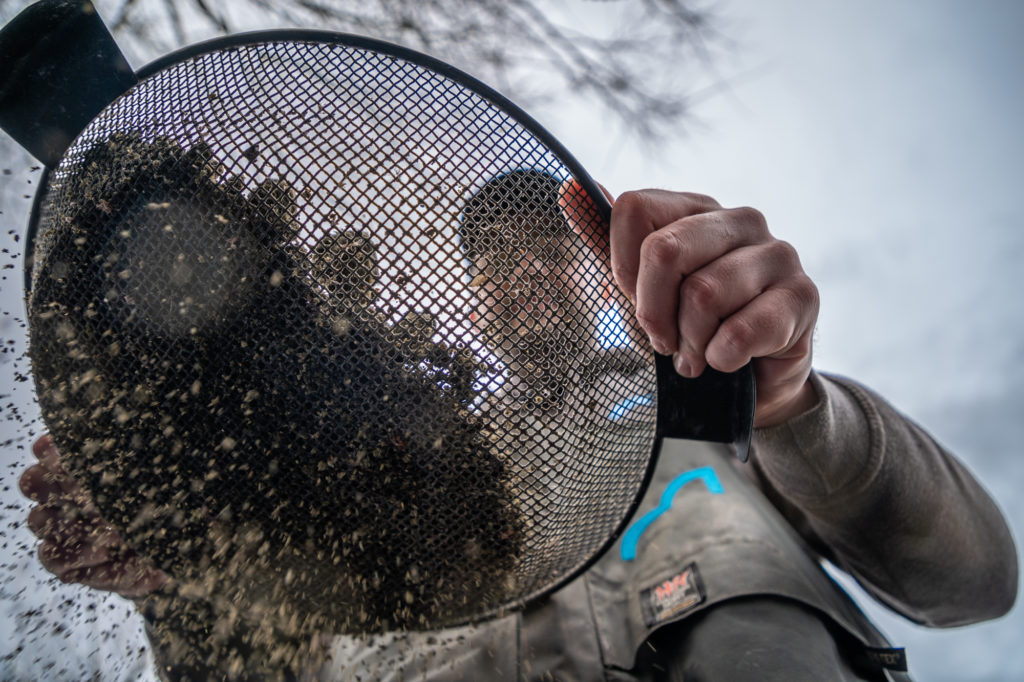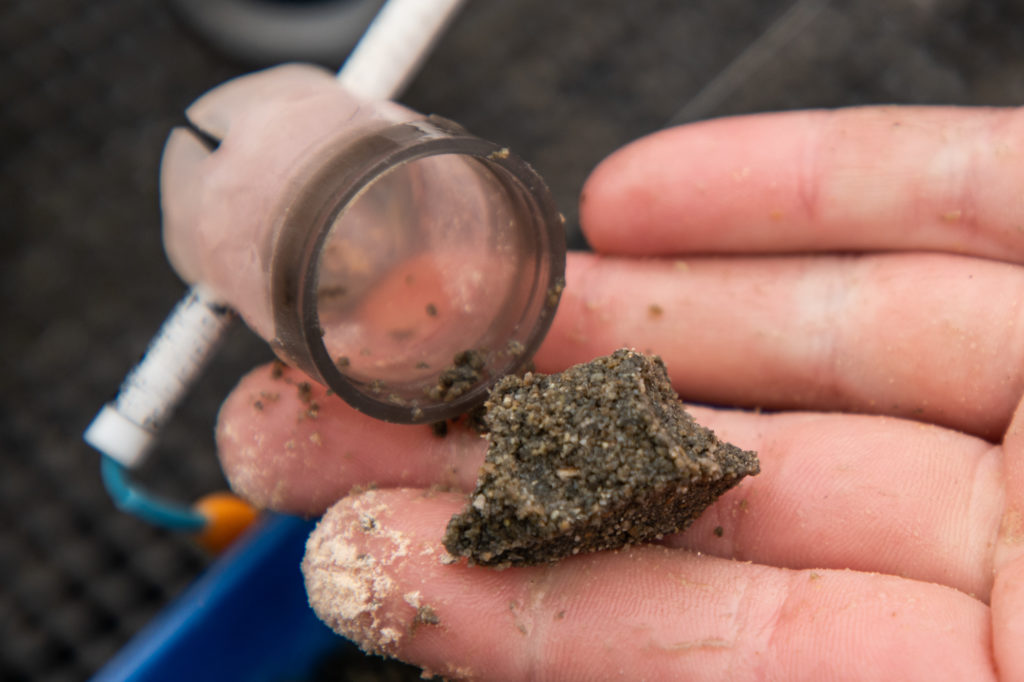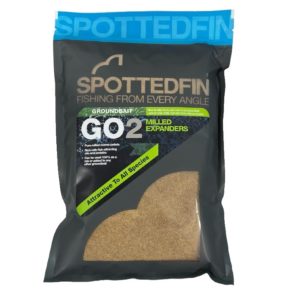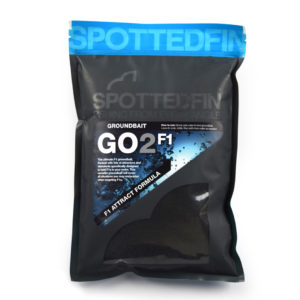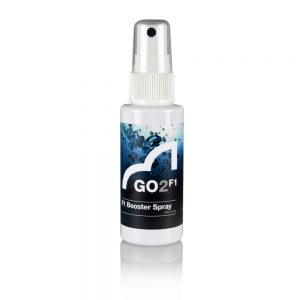For many commercial anglers, winter fishing means one thing… Targeting F1s! These little hybrids, at times can seem like ravenous piranhas eating anything pellet shaped in a ten meter radius, but as soon as those temperatures start getting into single figures and below, they turn into a moody beast that seemingly doesn’t want to eat until the last ten minutes of the match!
To get the most out of any peg at this time of year is all about making the right decisions, using the right rigs in the right areas and most importantly using the right bait. On certain days this might be pellets, other days maggots and often groundbait will play a pivotal role. It’s the latter we have come to look at, how you can incorporate it into your F1 angling to get you more bites during the winter.

To demonstrate we have come to the midlands F1 mecca that is Tunnel Barn Farm, with well attended individual and team winter leagues throughout the colder months, these fish see pressure every weekend, so we have called upon venue regular Matt Bingham to give us all the details.
Groundbait Choices
“Seeing as we are using groundbait, that has to be the first thing to sort once you arrive at your peg, you want to give it plenty of time after mixing to ensure it is in the perfect condition at the all-in.

During the colder months I will almost exclusively use a 50/50 mix of Spotted Fin F1 Dark and Milled Expander. What I’m looking for is mix without too much food value but packed with attraction, which is exactly what this offers. The F1 groundbait has that unmistakable sweet, peaches and cream smell, which F1s love!
The Milled Expander helps make the mix nice and fluffy, plus the fact that these venues are seeing pellets every day of the year, it is a natural food source for F1s so it’s never a bad thing to have some pellet content in the mix.
The colour of the groundbait ends up perfect, nice and subtle to blend in with the silty bottom which most commercials will have. Especially during the winter months once the colour starts to drop out of the water, you will find that those finiky F1s are a lot more comfortable feeding over a more subtle mix. In the summer, you can almost flip that rule on it’s head with a lighter more blatant mix bringing them into the peg a lot quicker.”
Getting Riggy
“Depth plays a huge part at this time of year, as a starting point I will generally look for somewhere between 3 – 3.5 feet, this will vary depending on the venue but normally will be a good few feet away from the far bank.

Rig wise you want to keep everything as light as you can get away with, unfortunately we’ve got some really windy conditions to deal with today, so I’ve opted for a 4×12 Warren Peaty Pukka Float, but in flat calm conditions don’t be afraid to drop down to a 4×10.
The float itself is a nice slim body design which has become pretty much standard issue for those shy biting F1s over the last few years. Couple this with an 0.15mm mainline down to an 0.11mm hooklength with a size 18 SFL hook which is absolutely perfect for a maggot or two!

When it comes to shotting, I am a fan of Stotz meaning I can easily play about with the presentation during the day if needed, but as a starting point a nice strung bulk of No10 Stotz with around an inch between each stot. This gives me the perfect mix of stability whilst still giving a nice fall of the hookbait when you lay it in.

It’s worth mentioning that when you’re fishing like this, you will have to make the decision between expanders or maggots on the hook, both have their day but with us being well into January now, maggots are my go-to.
A red and a white on the hook, with a quick spray of the F1 booster. There are plenty of people who don’t really buy into things like this, but I am sold on it, you’re effectively creating a halo of attraction around your hookbait, if it catches me one extra fish during a session then it’s well worth it!”

Baiting Patterns
“Now it might seem a bit strange on a feature about groundbait, but I started the day off just feeding maggots, simply sprinkling 8-10 out and waiting for a bite. The reason for this is it gives you the perfect way to feel your way into the session, some days if you have drawn well and are on a few fish, you can tick over on this all day and not worry about introducing groundbait, but on those tougher days is where it really comes into play.
Although fishing straight maggots did nick the odd fish, bites proved to be very few and far between so it was time to introduce the secret weapon. Now I’m sure the lads at Spotted Fin are hoping I turn around and say I use kilos upon kilos of the stuff, but that couldn’t be further from the truth!

A tiny nugget of the Dark F1 and Milled Expander mix with a little pinch of maggots goes into the pot and that got deposited on the spot. Before long I started getting a few small indications showing that more fish had moved into the peg and shortly after a better F1 had confidently taken my maggot hookbait and swiftly made his way into my net.
This is where groundbait is brilliant but can also cause a few problems at the same time, it is one of the very best things at getting fish into your peg, but feed too much and you will have all sorts of problems with foul hookers and missed bites.

So the key to get the best out of it, is working out your feeding pattern as quickly as possible, so in most cases it’s not a case of just feeding a nugget every put-in. The next time I shipped out was with the same pinch of maggots, but without the nugget of groundbait and this is where you have to really pay attention to what is happening.
If you go out and get a bite within a few minutes, brilliant, just keep repeating the process until anything changes. However, if you are sat waiting with little or no indications then this is the sign that your peg has been cleaned out and you need to introduce another small nugget of groundbait.

By going through this process, you should soon be able to work out how often you need to be introducing that groundbait, which will vary depending on the venue, time of year and how well you have drawn. On the day of the feature it was best feeding a small nugget after every two fish, enough to get them coming into the peg but with very few issues of foul hookers.
That is the other side of the coin, the fish will quickly tell you if you have over-fed when you start getting loads of liners and indications which never materialise into a proper bite or even worse, you end up with you foul hooking fish. If this happens it’s simply a case of cutting out the groundbait for a few put-ins and letting the peg settle down.
Once you get into reading all the small indications, you can really control your peg to get the very best out of it.”

Matt continued this routine of feeding groundbait after every other fish, the peg just seemed to get better as the day went on. Within a couple of hours, he had a lovely bag of F1’s with the majority being the bigger stamp, older fish which are notoriously difficult to catch. Next time you’re out in the colder months targeting F1s, be sure to have a tub of groundbait at the ready on your side tray!
